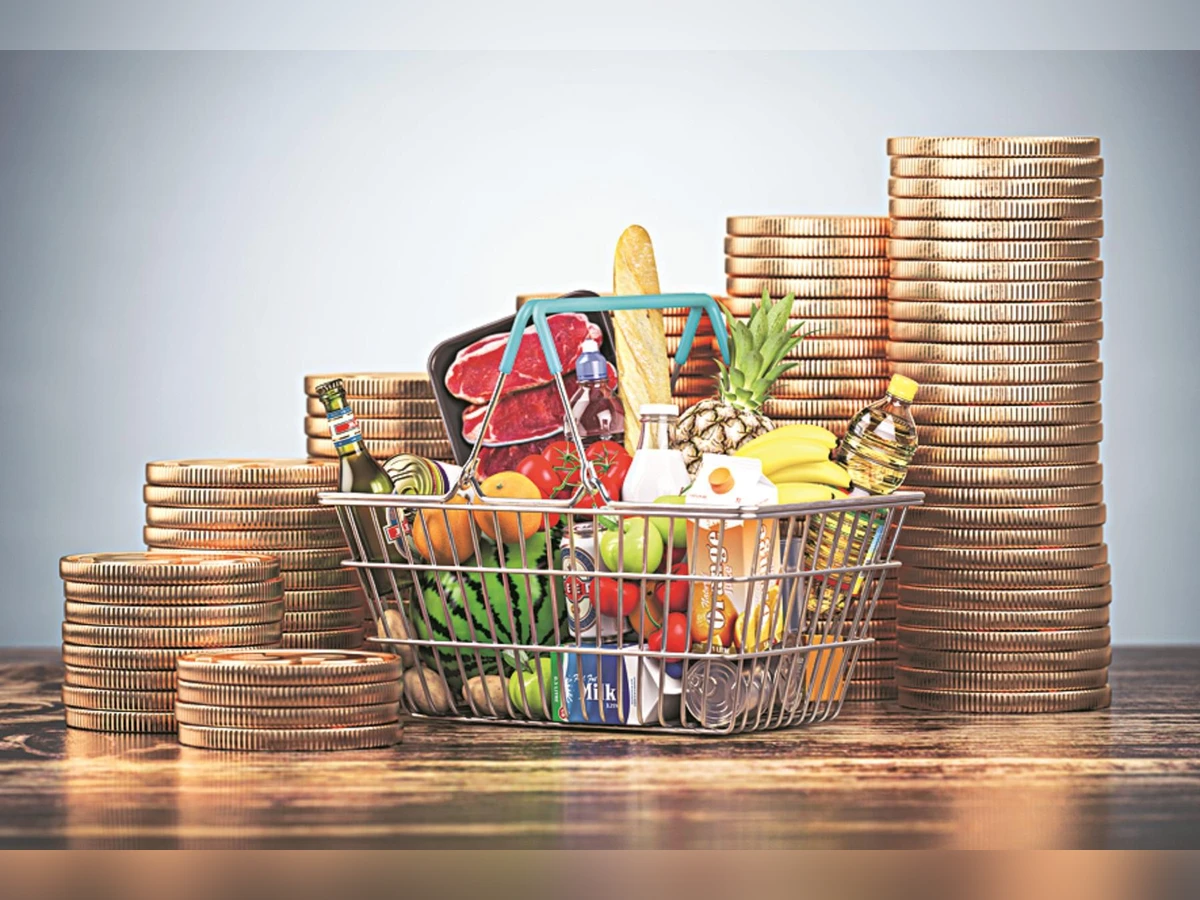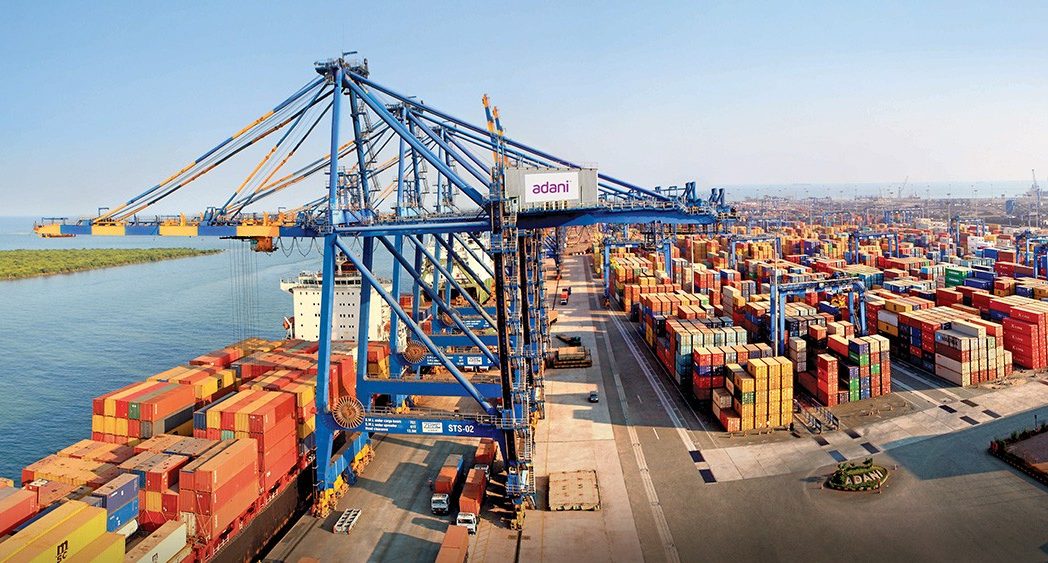India’s retail inflation, a critical indicator of price stability and consumer purchasing power, plunged to a record decade low of 0.25% in October 2025, according to government data released this week. This sharp fall in the Consumer Price Index (CPI)-based inflation marks a milestone moment for the Indian economy — offering relief to households and strengthening the argument for sustained price stability under the Reserve Bank of India’s (RBI) monetary framework.
The decline, which represents a 119-basis-point reduction from September 2025, has brought the inflation figure far below the RBI’s official target range of 2% to 6%. Analysts attribute this decline to a combination of lower food prices, the full-month impact of GST rate cuts, and a favorable base effect, alongside easing costs across several consumer categories.
A Historic Fall: Retail Inflation at 0.25%
The CPI inflation rate for October 2025 was reported at 0.25%, the lowest year-on-year reading since the current CPI series began. This level of moderation hasn’t been witnessed in the past decade, signaling both statistical and structural shifts within India’s price ecosystem.
In September 2025, retail inflation stood at 1.44%, already showing a downtrend. However, the latest figures confirm that inflationary pressures have softened much faster than expected, reflecting easing supply-side constraints and improving logistics efficiency.
The Consumer Food Price Index (CFPI), which tracks food and beverage inflation, recorded a sharp year-on-year deflation of -5.02% (provisional), down from -2.22% in September. This fall, spanning across both rural and urban regions, demonstrates how a correction in food prices has significantly pulled down the overall headline number.
Food Prices Drive the Downturn
Food items continue to be the dominant force in India’s inflation trajectory, accounting for nearly half the weight of the CPI basket. In October, the CFPI dropped to its lowest level ever recorded, driven primarily by deep price cuts in oils and fats, vegetables, fruits, eggs, cereals, footwear, and transport and communication.
Specifically, the food inflation index declined by 269 basis points compared to September, underscoring a widespread fall in essential commodity prices.
The All-India Consumer Food Price Index (CFPI) stood at -5.02% year-on-year, with rural and urban food inflation at -4.85% and -5.18%, respectively. This deflationary trend was largely fueled by seasonal supply improvements, higher crop yield in major states, and lower international commodity prices that translated into reduced import costs.
Economists have also credited the recent GST rationalization as a significant factor. The full-month impact of reduced GST rates on key consumer goods — such as edible oils, packaged foods, and footwear — provided tangible relief to consumers and accelerated the cooling of prices across the board.
Urban and Rural Inflation: Both Sectors Show Decline
The moderation in inflation was visible across both rural and urban segments, although the nature and scale of the decline varied slightly between the two.
Rural Sector Trends
In rural India, where price volatility often affects millions of lower-income households more directly, the headline inflation rate fell to -0.25% (provisional) in October 2025 from -1.07% in September. This represents a substantial improvement, signaling that rural consumption costs have not only stabilized but entered mild deflation territory in some categories.
The rural food inflation measured through CFPI came in at -4.85%, down from -2.22% in September, reflecting how falling food and energy prices have directly benefited the countryside.
Agricultural output recovery after an improved monsoon season, coupled with reduced input costs for fertilizers and diesel, contributed to easing price pressures. The fall in food prices has improved real incomes for rural consumers, though it has simultaneously raised concerns for farmers facing lower farm-gate prices.
Urban Sector Trends
In urban regions, inflation also showed a significant cooling trend. The headline CPI inflation fell to 0.88% (provisional) in October 2025, compared to 1.83% in September.
The urban food inflation rate, a crucial indicator for city dwellers’ daily expenses, dropped steeply from -2.47% to -5.18%. Price reductions were visible across essential goods, with food delivery, household items, and transportation costs seeing meaningful corrections.
Even the urban housing inflation rate, which often remains stickier due to rental and mortgage factors, stayed largely stable — moving marginally from 2.98% in September to 2.96% in October. This component, calculated only for urban areas, reflects a slow yet consistent stabilization in residential price growth.
Other Key Categories: Health, Education, and Transport
While food and headline inflation saw a remarkable fall, several non-food categories showed mixed movement during the month.
- Health inflation (rural and urban combined) declined to 3.86% (provisional) in October, down from 4.39% in September, reflecting more stable medicine and hospital costs following earlier spikes.
- Education inflation, on the other hand, saw a modest increase from 3.44% to 3.49%, largely due to rising tuition fees and private coaching costs.
- Transport and communication, which had seen price pressure earlier in 2025 due to fluctuating fuel prices, also recorded easing inflation. Lower crude oil prices globally have reduced freight and fuel-related costs, benefitting consumers and businesses alike.
This mixed category performance shows that while essentials are becoming cheaper, some services continue to experience gradual cost adjustments, balancing overall price movement.
Why Did Inflation Drop So Sharply?
Economists have highlighted three core factors that drove this historic dip in retail inflation:
1. Full-Month Impact of GST Reduction
The October data reflects, for the first time, a complete month of the recent GST rate cuts implemented by the government. Lower indirect taxes on consumer goods such as edible oils, packaged foods, footwear, and personal care items directly reduced prices at the retail level.
2. Favorable Base Effect
The October 2025 figures were measured against a period of relatively high inflation in October 2024. This “base effect” naturally amplified the year-on-year decline, making current numbers appear lower. Still, even on a sequential basis, prices have shown broad stability.
3. Broad-Based Decline Across Categories
Unlike some previous months where the fall in inflation was limited to specific products, October’s decline was broad-based, covering food, transportation, and essential commodities. This pattern indicates structural cooling rather than temporary volatility.
Economic Implications: Relief for Consumers, Policy Challenges for RBI
The sharp moderation in inflation has dual implications for India’s economy — providing relief to consumers and posing fresh questions for monetary policymakers.
1. Boost to Household Budgets
Lower inflation means more real purchasing power for consumers. The drop in food and fuel prices, in particular, could enhance household savings, spur consumption, and help support domestic demand during the ongoing festive season.
With daily essentials becoming cheaper, consumers are likely to spend more on discretionary goods and services — a key boost to retail and e-commerce sectors.
2. Room for RBI’s Monetary Policy Adjustment
The Reserve Bank of India’s inflation target under its Monetary Policy Framework is 4% with a tolerance band of 2%–6%. The October figure of 0.25% is far below this target range, giving the central bank considerable room to review its stance.
While the RBI has maintained a cautious tone on rate cuts, the sustained disinflation trend could influence its upcoming monetary policy decisions. Economists anticipate that the RBI might signal a softer monetary stance or a gradual reduction in repo rates in early 2026 to stimulate growth, especially if inflation stays muted in the coming months.
3. Risks of Deflation
However, policymakers are also wary of deflationary risks — a prolonged fall in prices that discourages spending and investment. If inflation remains near zero for too long, it may indicate weak demand rather than stability. The RBI will therefore likely monitor consumption patterns closely before taking any aggressive policy steps.
Sectoral Insights: Winners and Losers
The inflation data has varying effects across different sectors of the economy:
- Fast-Moving Consumer Goods (FMCG): Companies in the FMCG sector are expected to benefit from higher consumer demand as goods become more affordable. However, producers may face narrower margins if input costs remain steady.
- Agriculture: Lower food prices could reduce farm income, potentially requiring targeted government interventions to support rural earnings.
- Transport and Logistics: Reduced inflation in fuel and transport costs improves operating margins for logistics companies and e-commerce platforms.
- Healthcare and Education: With inflation in these sectors relatively stable, affordability remains a mixed picture. Policymakers may consider additional measures to ensure essential services remain accessible to low-income households.
Global Context: How India Compares
Globally, inflation has been moderating across several major economies, though India’s decline is among the sharpest.
- The United States reported consumer inflation near 2.8% in October 2025.
- The Eurozone saw inflation fall to 1.7%.
- China, meanwhile, has been struggling with mild deflation at -0.3%, raising concerns about slowing domestic demand.
India’s 0.25% inflation rate positions it closer to a disinflationary phase rather than outright deflation, signaling effective price management despite global headwinds.
Expert Views
Economists have broadly welcomed the latest inflation figures but remain cautious about long-term sustainability.
Dr. A. K. Sharma, Senior Economist at ICRA, noted,
“The October CPI data shows a remarkable correction, primarily driven by food prices. However, we must remember that such deep disinflation can also suppress rural income. The RBI will need to balance the benefits of lower inflation with the need to sustain growth momentum.”
Ritika Desai, Market Analyst at Nomura India, added,
“With headline inflation at a ten-year low, monetary policy flexibility has expanded significantly. But given global uncertainties, the central bank will likely wait for confirmation that this trend persists before easing rates.”
What Lies Ahead
Looking forward, inflation is expected to remain subdued in the short term, though the extent of this moderation will depend on agricultural output, global commodity prices, and domestic demand recovery.
- A mild rebound in food prices could occur by late December as winter crop arrivals taper off.
- Global crude oil volatility remains a potential risk factor.
- Continued GST reforms and stable currency exchange rates could help maintain low inflation levels through early 2026.











